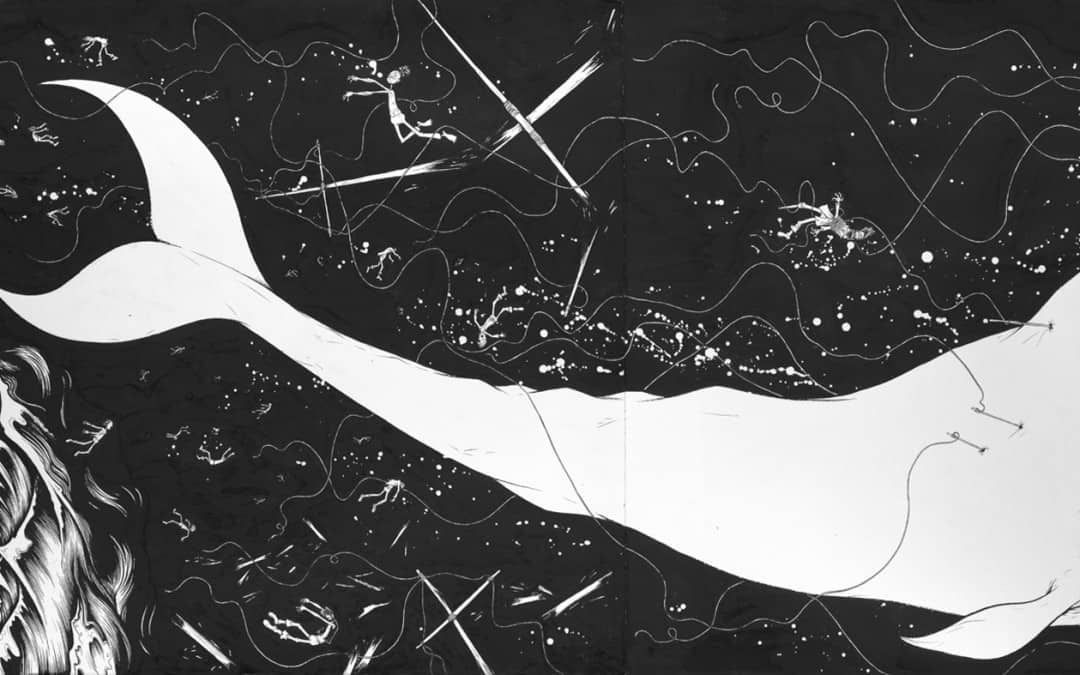It’s no secret that the Critical Reading section of the SAT has gotten harder–and for most students, the hardest part involves a token passage from the 1700s or 1800s. Because these texts are written in a manner most are not accustomed to, it can be difficult to follow their arguments and narratives, let alone answer questions regarding them. How can high school students get better at reading and understanding this kind of writing?
Sadly, there’s no magic remedy. Some basic strategies apply, like concentrating on first and last lines (and paragraphs) to glean the main idea, as well as paying attention to transition words and phrases as well as the most commonly used words. But much like I wouldn’t be able to tell you what was written on a page of Japanese, students will find themselves invariably confronted by idiomatic and syntactic barriers.
The best way to push past these barriers is to practice–and practice means reading. It’s going to be difficult, but we live in an age where our smartphones can tell us the meanings of unfamiliar words–an age where SparkNotes exists to help us “translate” difficult and unfamiliar texts. So what are you waiting for? Choose a couple books from this list and get to work!
19th Century Literature
Frankenstein, by Mary Shelley - This is among the more gripping titles on this list, and it’s quite likely you’re familiar with its narrative. Take advantage of that familiarity and spend some time immersed in Shelley’s language! Ask yourself what it means to be monstrous.
Jane Eyre, by Charlotte Brontë - Another favorite tale from the 19th century. Follow Jane and Mr. Rochester’s story in this unsettling novel–it’s well worth the journey!
Moby-Dick, by Herman Melville - An American classic of Romanticism and perhaps the greatest book of maritime adventure ever written. Few kids your age will have read it, so earn some bragging rights and crack it open.
The Scarlet Letter, by Nathaniel Hawthorne - A perennial favorite of English classes, Nathaniel Hawthorne’s novel is renowned for its gorgeous prose. See what all the fuss is about–and find out for yourself just what the scarlet letter is.
Oliver Twist, by Charles Dickens - Pretty much anything by Dickens is guaranteed to be both challenging and hilarious. I recommend starting with Oliver Twist–chances are you may know the story!
Pride and Prejudice, by Jane Austen - Austen is a master of writing about love and relationships–follow Elizabeth and Mr. Darcy’s tumultuous courtship and treat yourself to one of the excellent film versions of the novel as a reward for finishing it!
18th Century Literature
Gulliver’s Travels, by Jonathan Swift - Master satirist Jonathan Swift delivers a brilliant spin on the travel novel that pokes fun at human nature along the way. Well worth the read!
A Modest Proposal, by Jonathan Swift - Swift’s classic essay is hilarious, once you understand what it’s advocating!
The History of Tom Jones, by Henry Fielding - Master comedian Henry Fielding’s opus, this comic novel will have you in stitches while brushing up on your reading faculties!
Common Sense, by Thomas Paine - It may not be the most riveting read, but texts from Thomas Paine have appeared on the SAT before, so it’s only common sense to take a look at his pamphlet, Common Sense.
The Federalist Papers, by Hamilton, Madison, and Jay - Not only will reading these important essays by Hamilton, Madison, and Jay help you in your history classes, but it will also allow you to familiarize yourself with the tone of American political writing in the 18th century.
* * *
That’s it! For more SAT and ACT prep tips, read the rest of our blog. Looking for 1-on-1 college counseling or SAT or ACT group classes or tutoring? Contact us today!
